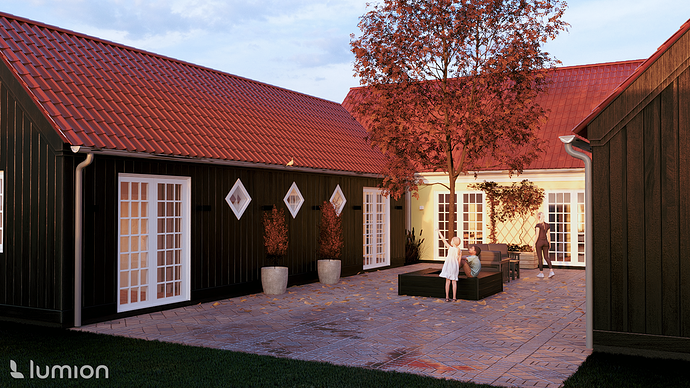Hi! Sorry, if it doesn’t really belong here but anyways. I am currently having an internship with an architecture office, doing visualisations. Because I study construction I am very used to using Revit, and Lumion for the renders. I was currently deciding between going and learning Max or Blender to maybe have a wider skill range in this topic. I would like to look into blender a bit more, how well does it work with creating models based on floor plans. How precise can i get? Meaning having exact dimensions for elements and such? Most videos i saw were just eyeballing it which is really frustrating me personally. ![]() Is blender a good option to create a precise model which then I would use with Lumion to finish the renders? Probably would take this path before learning how to do renders there.
Is blender a good option to create a precise model which then I would use with Lumion to finish the renders? Probably would take this path before learning how to do renders there.
Also to futureproof myself a little - how well is blender being taken now in the architecture industry? Is 3ds max still prefered and favoritised? If I learn blender and need to learn 3ds max later because of work, will it maybe be easier?
I would probably go and learn 3ds but I like the fact blender is free, which will be good for me since i finish school next year, and not sure about my masters yet.
It’s a bit off a word vomit, but hopefully someone will understand me ![]() if not ask, and I’ll try to specify what i meant
if not ask, and I’ll try to specify what i meant

